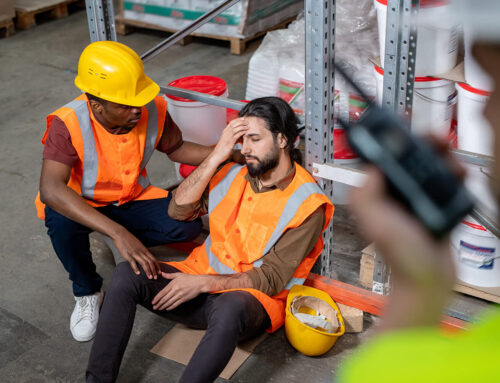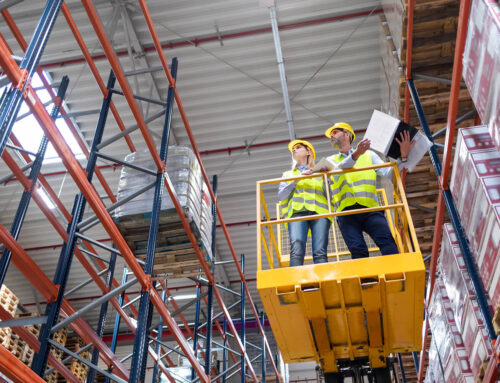The pieces of evidence that end up being the keys to success in your construction accident case can come from a lot of different places. This is one reason, among many, why it is so important to have an experienced New York City construction accident attorney on your side. You might know to obtain photographic evidence or the eyewitness testimony of your nearby co-workers, but there are many other things that you might not think of, either, and those things may be essential to your success.
Take, as an example, the case of A.V., an ironworker injured at a job site in Manhattan. A.V. was working on the eighth floor of the building. Up on the ninth floor, carpenters were setting up a floor. On the morning of A.V.’s injury, a carpenter placing a wooden beam on a truss missed his target. The beam crashed down and hit A.V. on the head.
When you’re injured in an accident like this, there are several “boxes,” so to speak, you have to check. First, you must make sure that the accident that injured you in something that’s covered by the legal claim you use in your lawsuit. For example, if you include a claim under Section 240(1) of the Labor Law, then your accident needs to include a fall, a falling object or some other injured tied to a “elevation-related” risk of harm.
You also have to be sure that the defendants you’ve named in your lawsuit are entities that are potentially liable under the boundaries of the claim you used. For instance, a Section 240(1) always gives you the opportunity to pursue the job site owner and the general contractor on the project. Sometimes, the evidence may allow you to go after others, as well.
In order to obtain the most complete and efficient success possible, you will want to pursue a summary judgment, meaning that you don’t have to prove liability at trial, but only have to go to trial to prove how extensive your harm was.
In A.V.’s situation, one of the claims that he included in his lawsuit was a Section 240(1) claim. The ironworker wisely sought summary judgment on his Section 240(1) claim. The facts of the case clearly showed that his injury was the result of a falling object; namely, the carpenter’s beam from the ninth floor. Additionally, the two entities that A.V. pursued were entities liable under that claim. One defendant was, based upon New York State court records, clearly identified as the owner of the building.
The construction manager’s contract was the key to establishing liability
The liability of the second entity, the construction manager, was less straightforward, but this is where A.V.’s effective discovery paid off. The injured worker obtained a copy of that entity’s contract with the owner. That contract contained one paragraph that said that the construction manager was obliged to “take reasonable precautions for safety of, and shall provide reasonable protection to prevent damage, injury or loss to persons engaged in the Work and other persons who may be affected.” In another paragraph, the contract said that the manager “shall at all times take reasonable precautions against the risk of injuries to persons.”
Those paragraphs were enough to show that the manager was an agent of the owner. Under New York law, an agent of an owner can be liable just the same as an owner. So, A.V.’s successful discovery of the contract terms proved to be a key item in allowing him to obtain summary judgment against not only the owner but also the construction manager.
If you have suffered injuries working at a construction site in New York because you weren’t provided the safety protections and safeguards your job required, you may be able to sue and win an award of damages. Talk to the experienced New York City construction accident attorneys at Arcia & Associates to find out more. Our attorneys have many years of handling a full range of construction injury cases and are here to go to work for you.
Contact us at 718-424-2222 to find out how we can help you.











